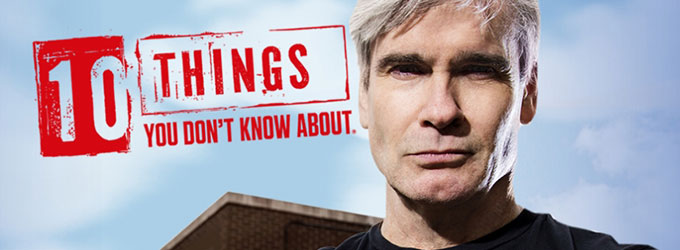 This time of year, it’s hard to believe that another twelve months have passed and that we’re on the cusp of semester end and the holidays. We’ve had a very busy and rewarding 2014!
This time of year, it’s hard to believe that another twelve months have passed and that we’re on the cusp of semester end and the holidays. We’ve had a very busy and rewarding 2014!
On the theme of transition, a message of a more personal nature: I’ll be leaving the SF Fed at the end of this month. I’ve accepted a position at the Reserve Bank of Australia, and will be catching a flight to Sydney after Thanksgiving!
It’s been an incredible six and a half years in the Federal Reserve System. I’ve been grateful to have worked with exceptional educators like you, and have been consistently inspired by your enthusiasm for economics and personal finance education.
The blog will be helmed by my Econ Ed colleagues going forward. If things look a little different in the months ahead, it’s due to the transition! The blog will be taking a short hiatus in December, but will be back with exciting new content in January 2015.
Best wishes, and thank you for the opportunity to have worked with you!
– Rema



